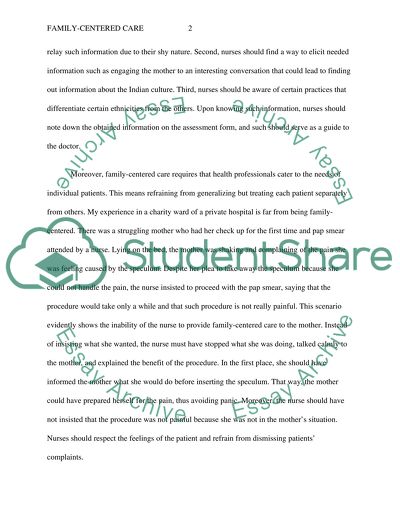Family-Centred Maternal and Newborn Care Essay Example | Topics and Well Written Essays - 750 words. Retrieved from https://studentshare.org/nursing/1451190-family-centred-care
Family-Centred Maternal and Newborn Care Essay Example | Topics and Well Written Essays - 750 Words. https://studentshare.org/nursing/1451190-family-centred-care.


